6210004885627
Price Quote Get an up to date pricing and availability quote for this product. Order online or over the phone.
Quality Commitment
Serving our customers with quality and safety first.
- AS9120 Certified
- Audited supply chain
- ITAR Registered
- DDTC Registered
- HAZMAT Certified
- Customer service objectives
- Every product 100% inspected

6210-00-488-5627 Specification Set by the OEM (see RNCC code 3)
dripproof
0.850in. ⁓55/64"
0.672in. and 0.683in.
0.500in.
2
1.425in. and 1.450in.
press fit
translucent filter
xmtr face and overheat face and unit 5 face
nickel
white, fed std 595, 37875 lens
plastic polycarbonate lens
L-P-393 fed spec single material response lens
smooth back
flat
Cross Reference Parts Part numbers that meet the specification outlined on this page and set by the OEM
Identification Item Identification Guide (IIG) and Item Name Code (INC)
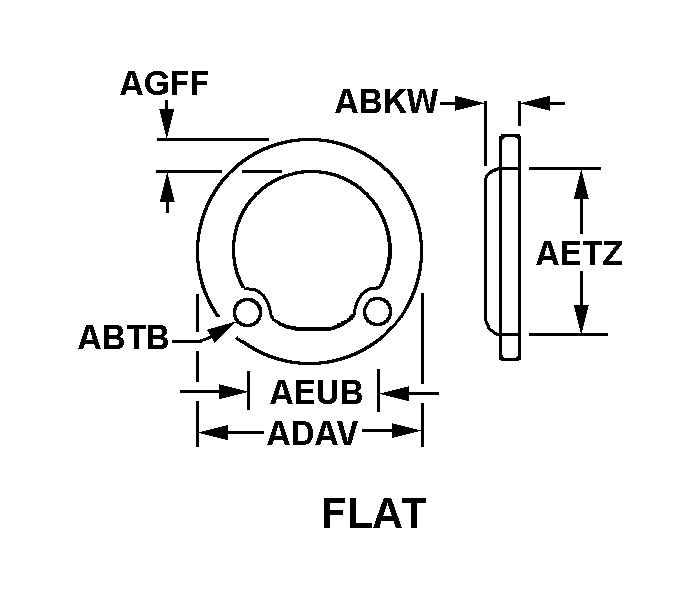
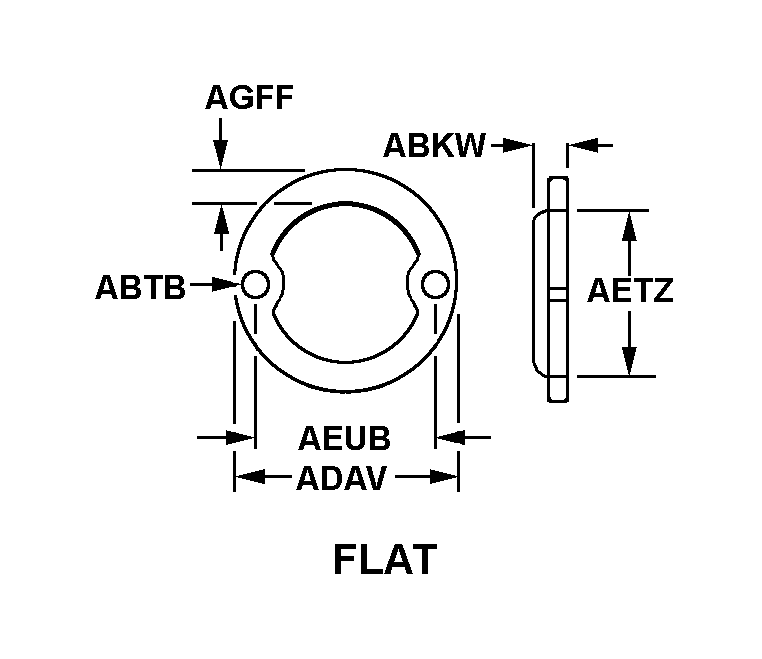
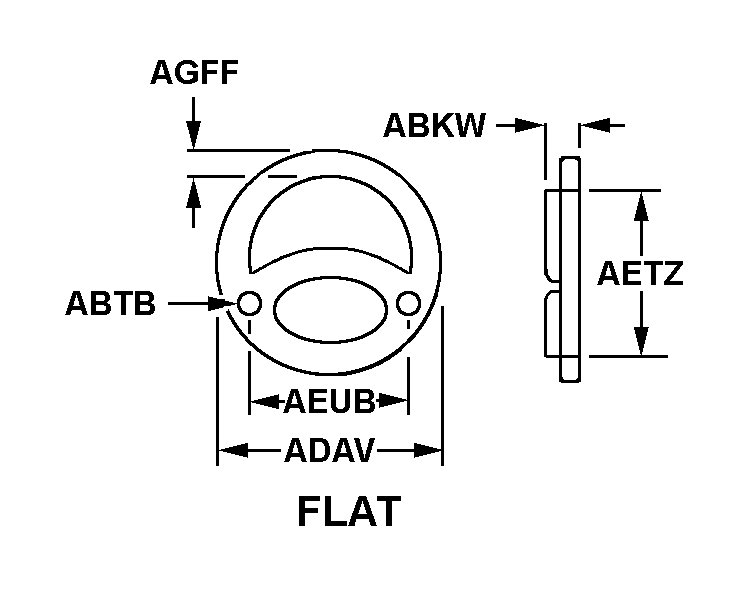

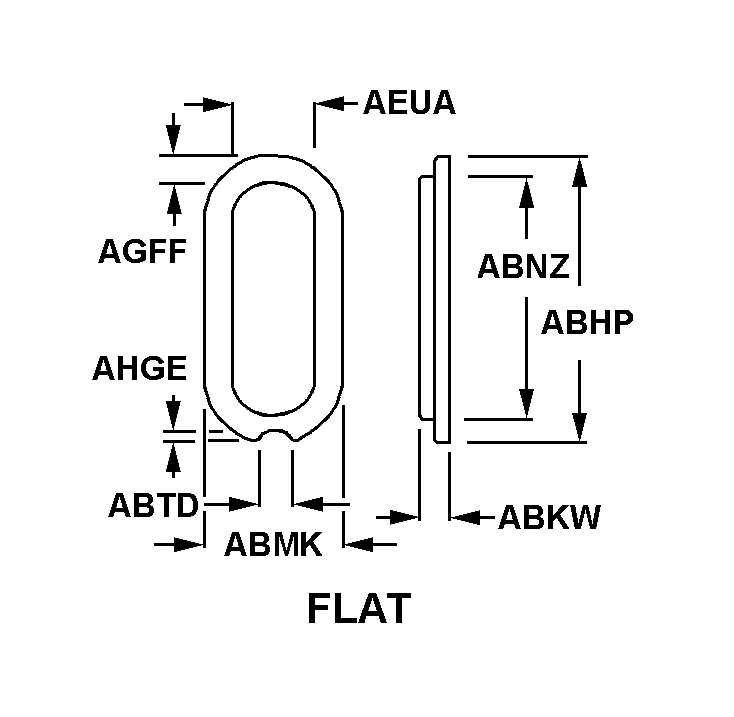
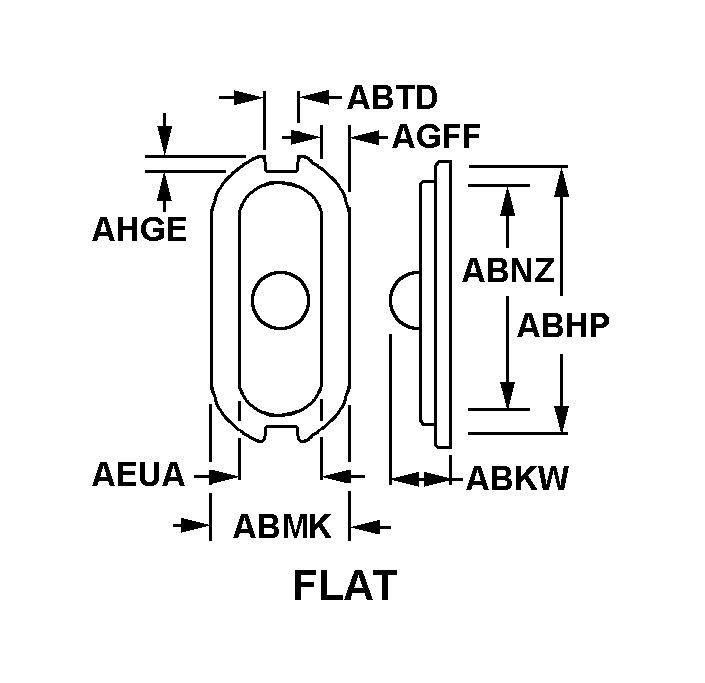
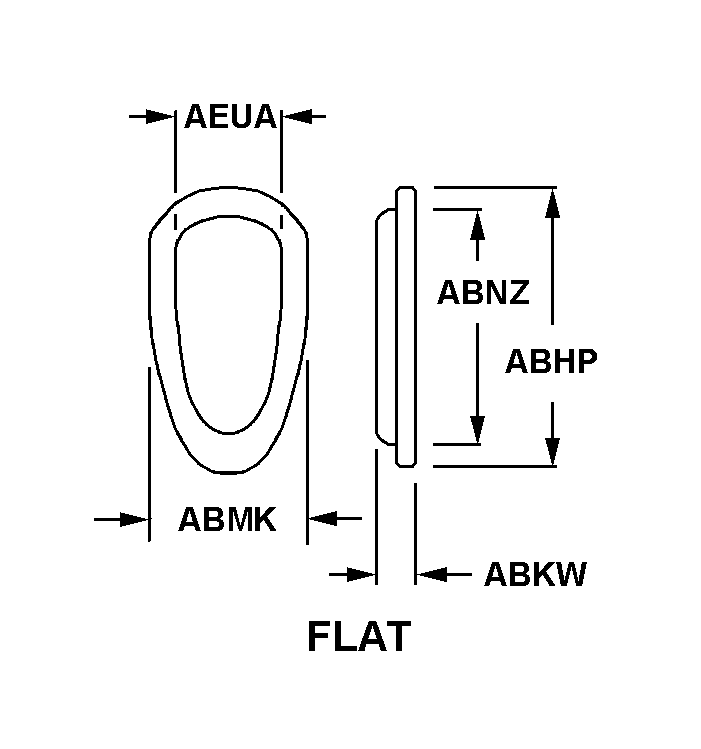
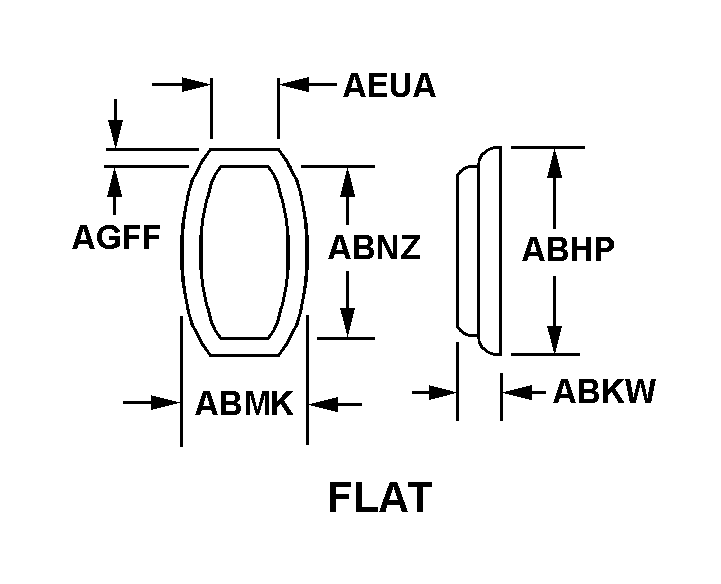
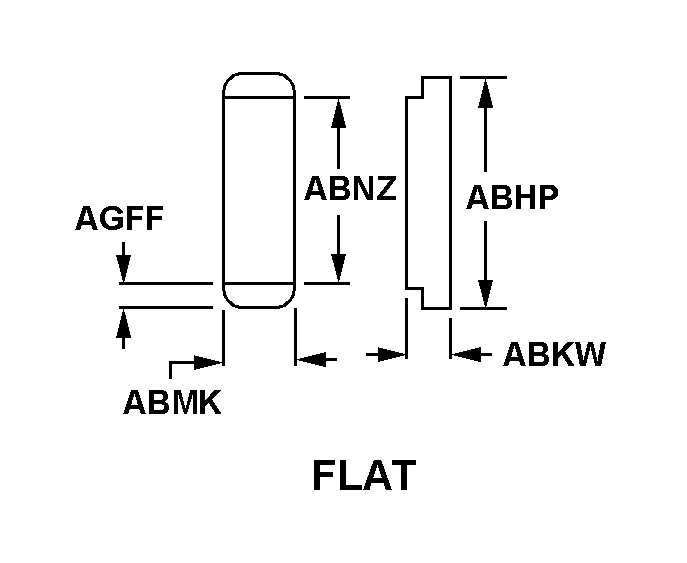
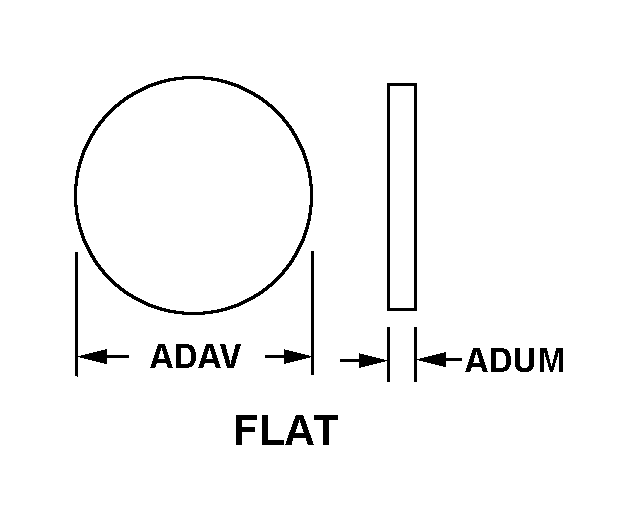

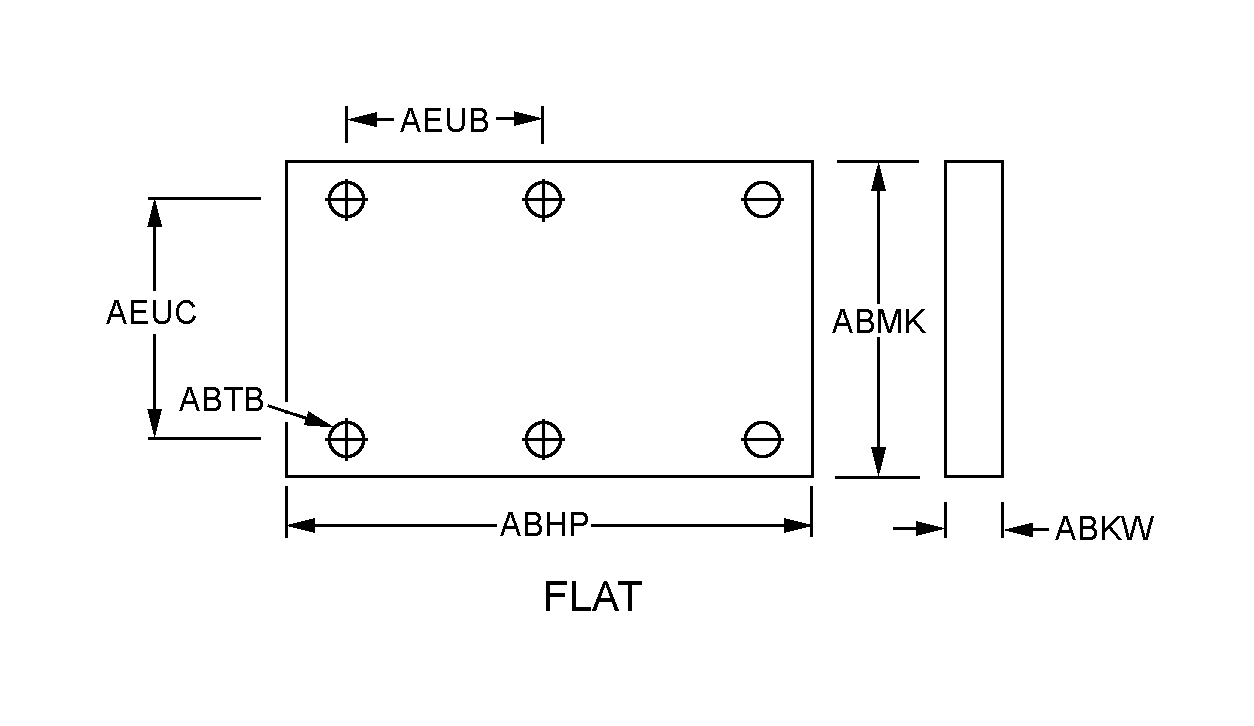
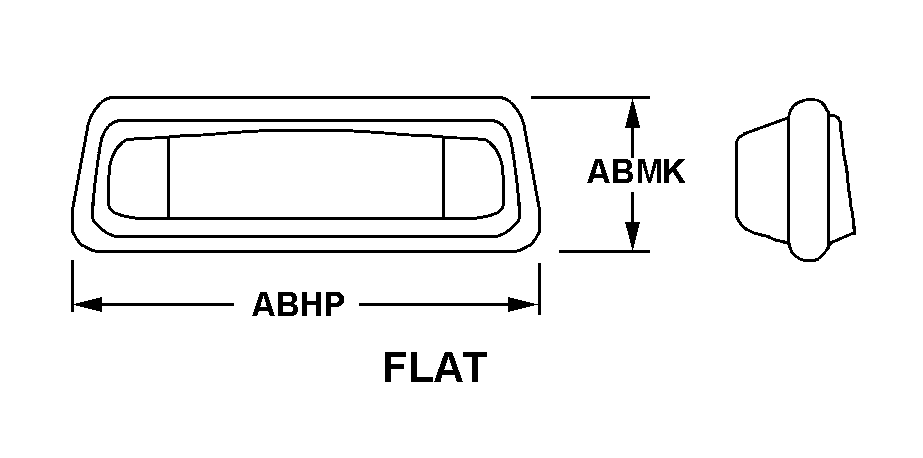
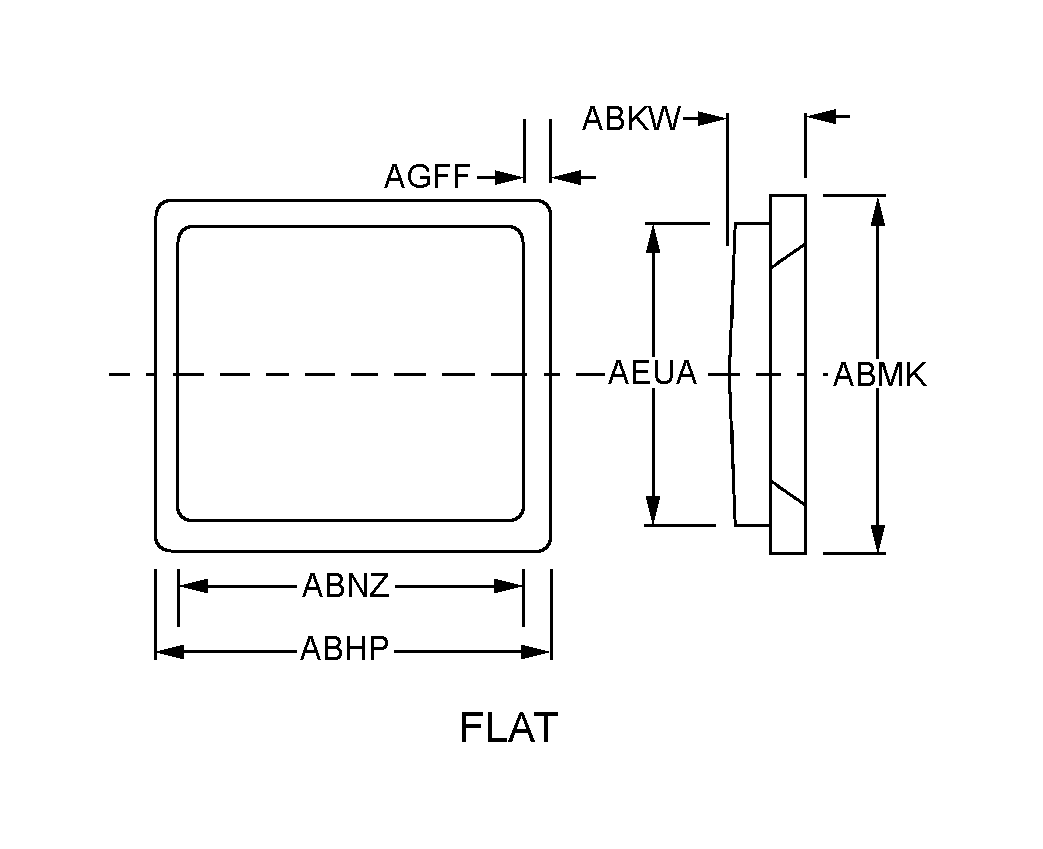
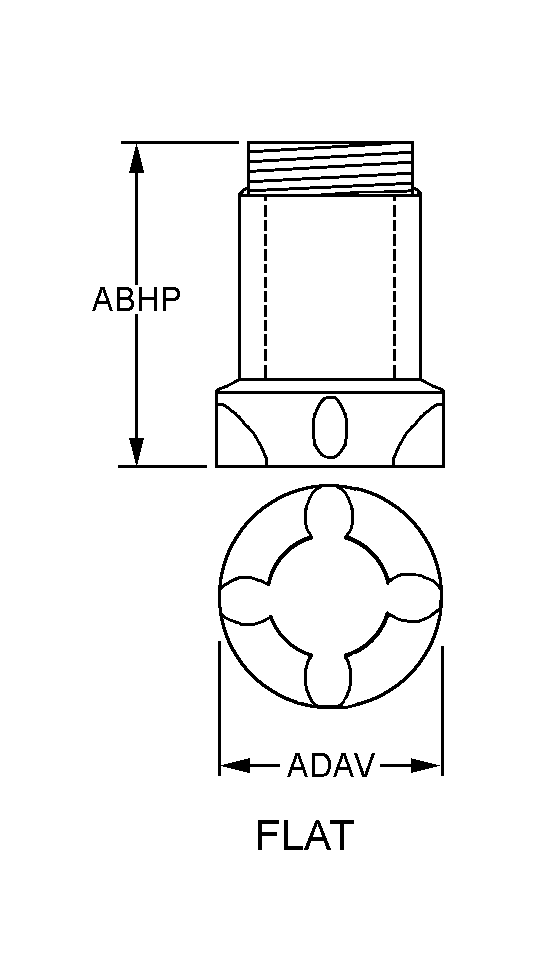

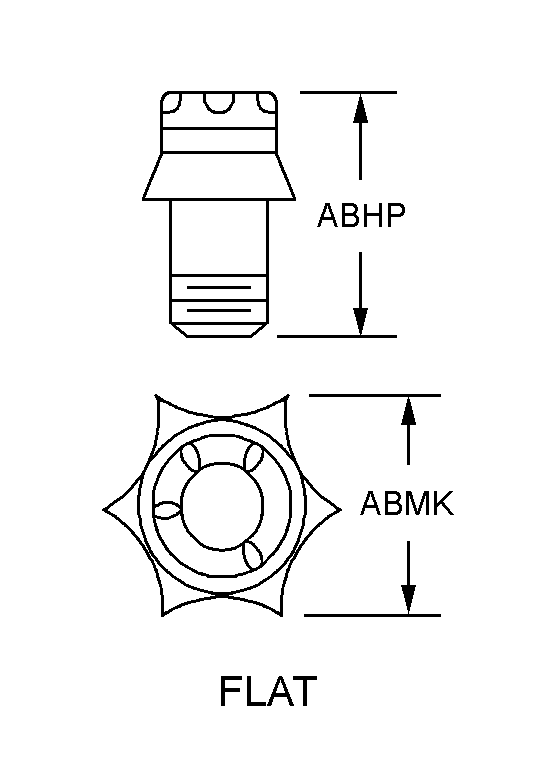
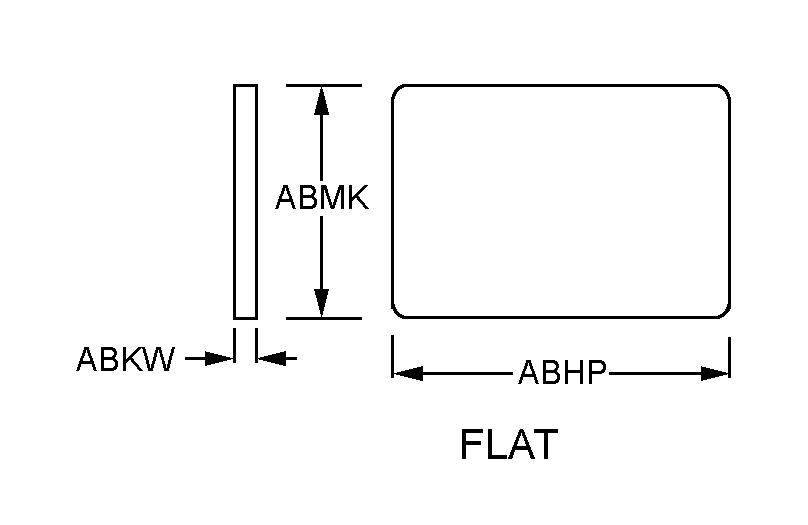

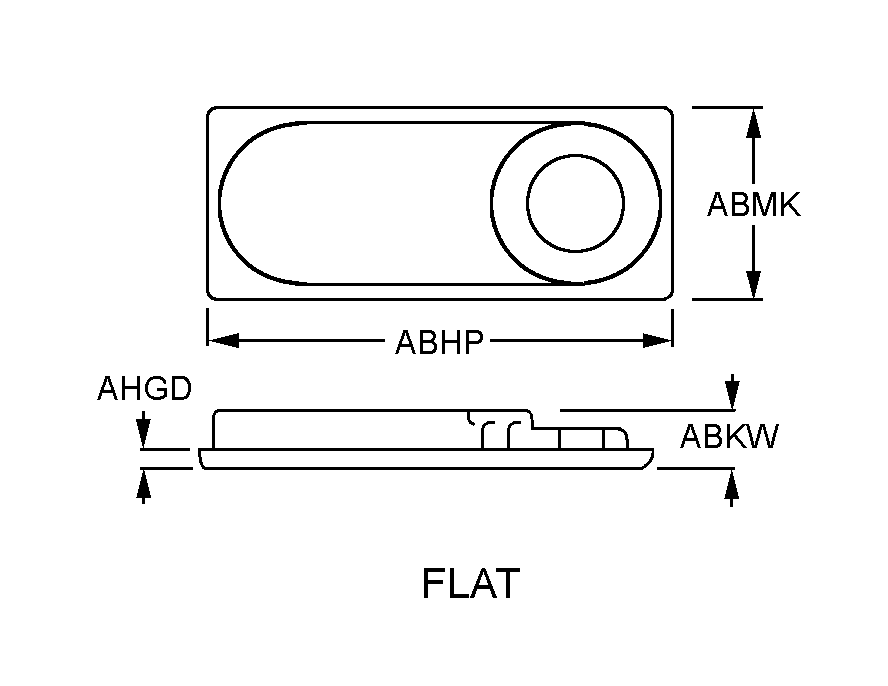
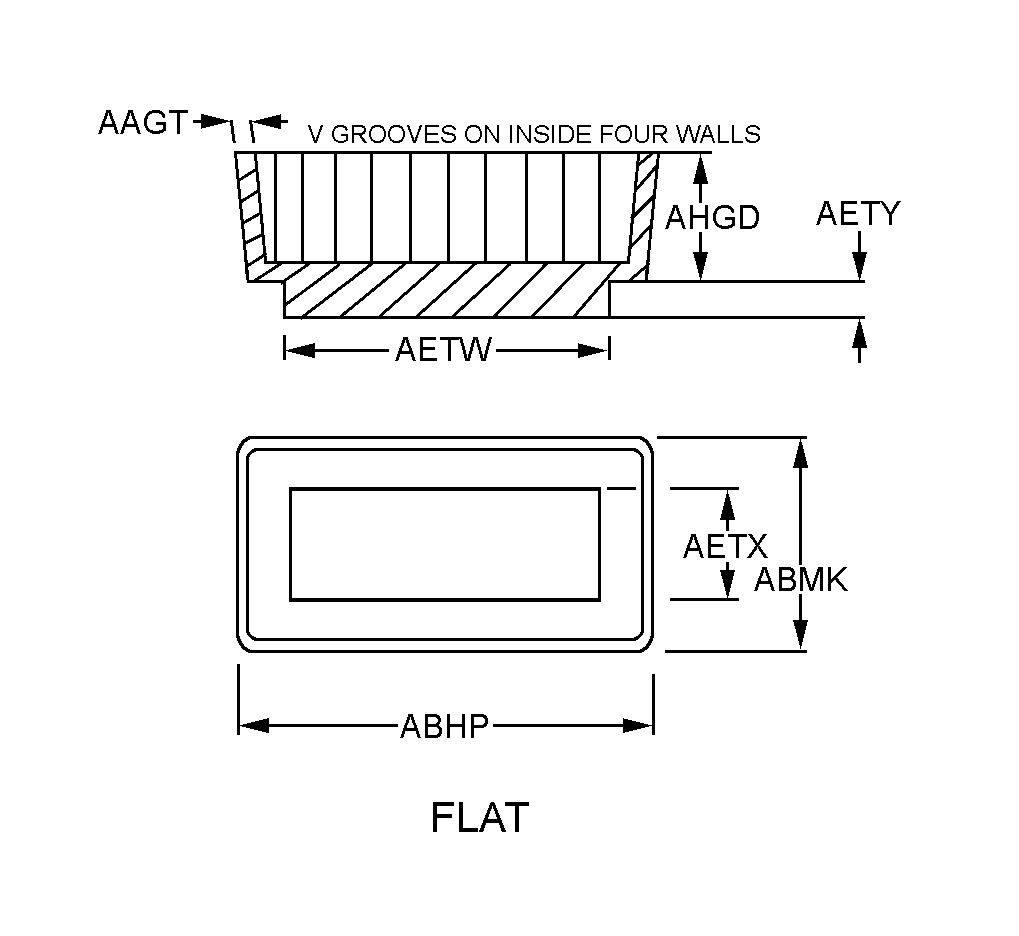
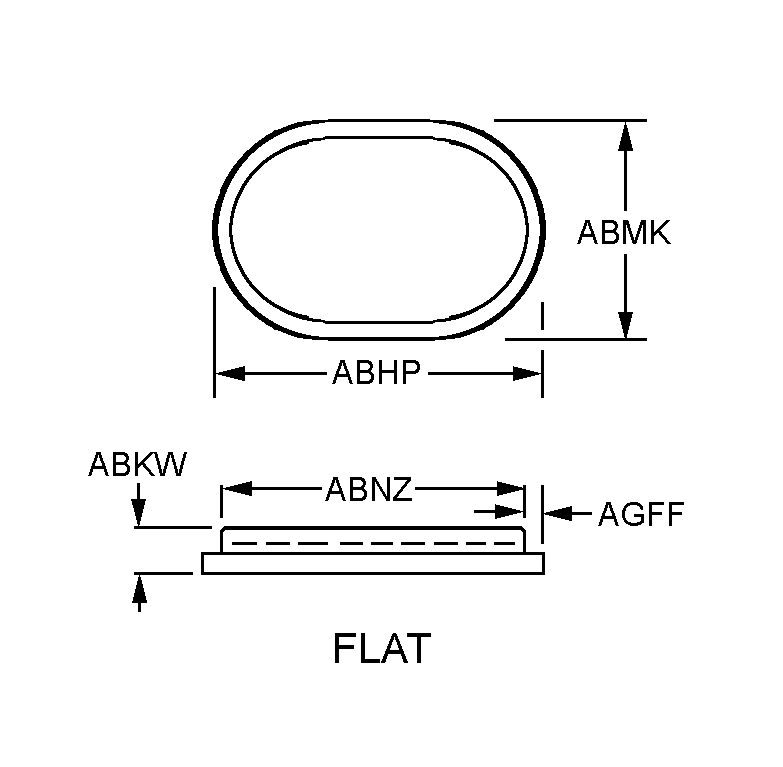
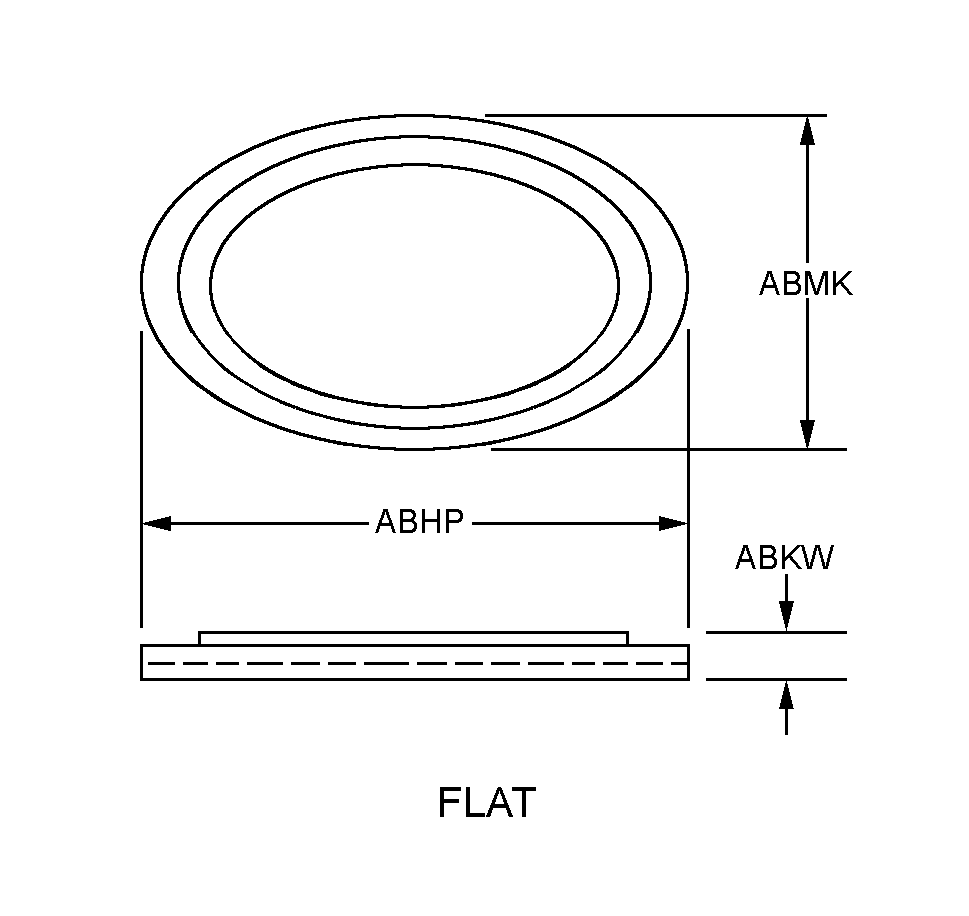



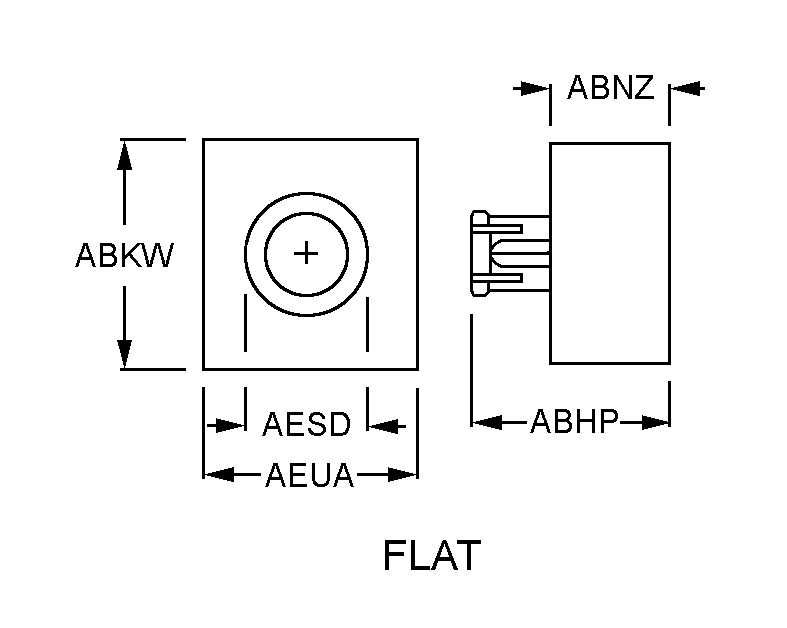
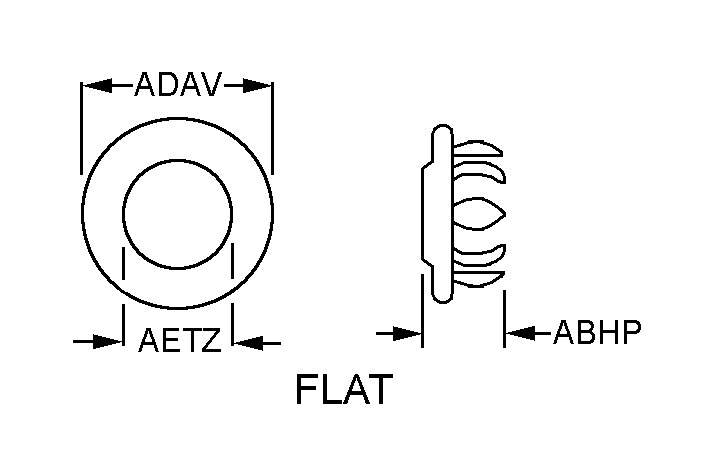
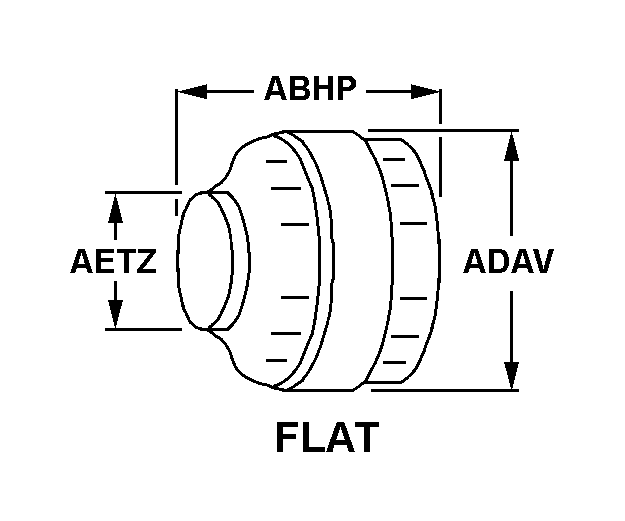
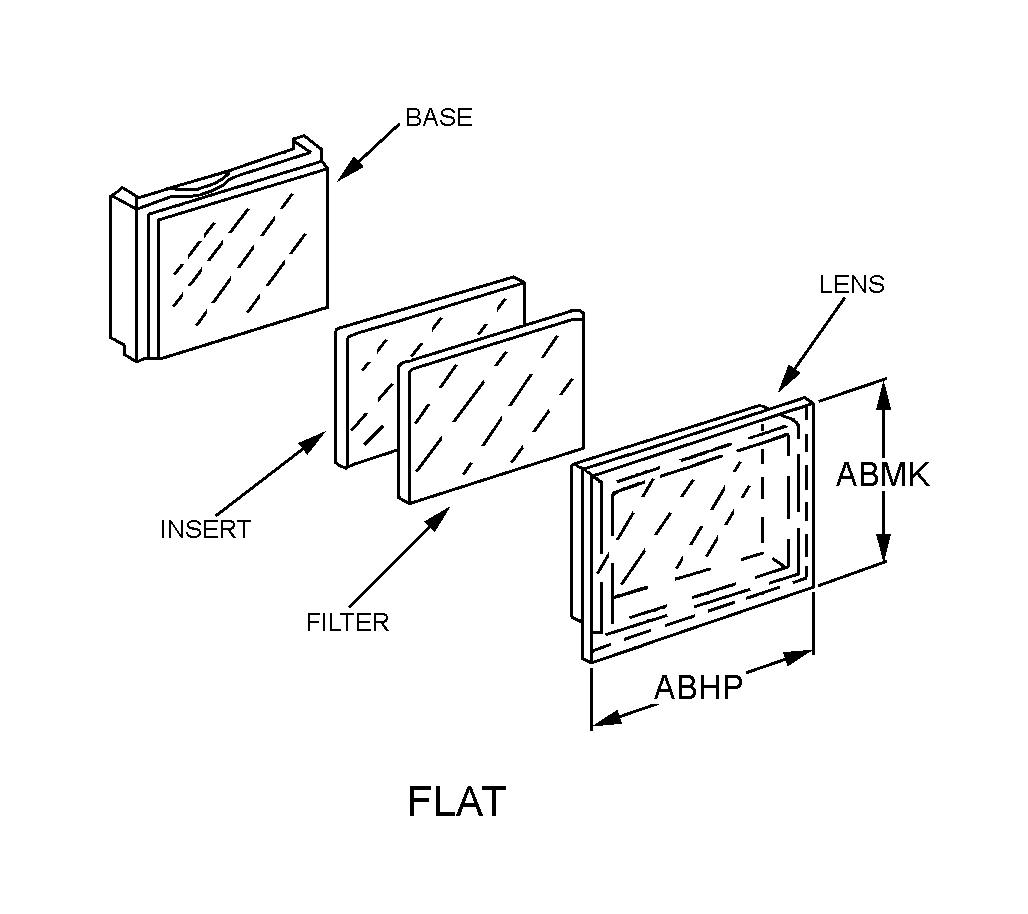
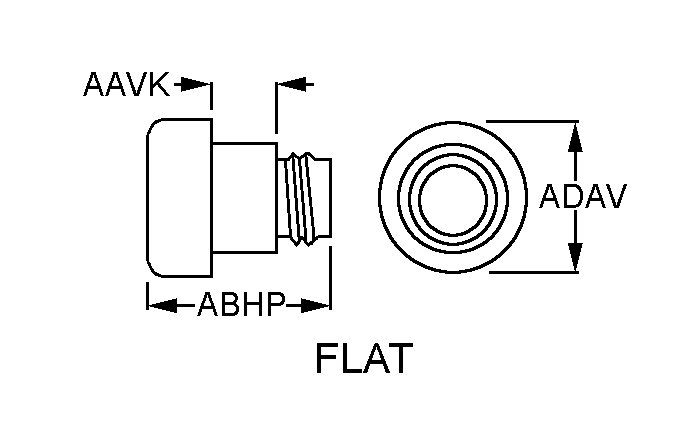


Definition Definition of approved item name (AIN): "LENS,LIGHT"
A transparent or translucent item designed to enclose or be placed in front of a light source. Sections of the lens may be opaque. It may or may not include a holder. It is designed to be either a replacement unit for a specific type of light, such as light, indicator; light, navigational, marine; stop light, vehicular; and lantern, electric or that portion of a switch, (as modified) used as an actuator and having provisions for illumination. See also, window, lighting fixture; globe; electric light; and filter (2), (as modified).
6210-00-488-5627 Material Hazmat, Precious Metals, Criticality, Enviroment, and ESD
Indicates there is no data in the hmirs and the nsn is in a fsc not generally suspected of containing hazardous materials.
Precious metal content is unknown
The item does not have a nuclear hardened feature or any other critical feature such as tolerance, fit restriction or application.
Identification Codes
HMIC: Hazardous Material Indicator Code. A one position code that identifies a hazardous item.
PMIC: Precious Metal Indicator Code. A one position code which identifies items that have precious metals as part of their content. precious metals are those metals generally considered to be uncommon, highly valuable, and relatively superior in certain properties such as resistance to corrosion and electrical conductivity.
ESD: Electrostatic Discharge. Indicates if an item is susceptible to electrostatic discharge or electromagnetic interference damage. electrostatic discharge damage occurs when an accumulation of static electricity generated by the relative motion or separation of materials is released to another item by direct contact. electromagnetic interference damage occurs when an item comes into proximity with an electrostatic or magnetic field.
ENAC: Enviromental Attribute Code. Identifies items with environmentally preferred characteristics.
CRITL: Criticality Indicator Code. Indicates an item is technically critical by tolerance, fit, application, nuclear hardness properties, or other characteristics.






